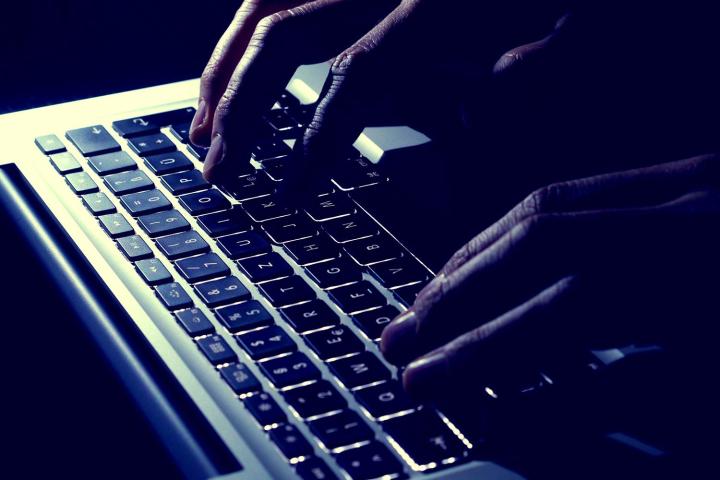
Under the terms of the agreement, the NYT says, the two countries will not “use cyberweapons to cripple the other’s critical infrastructure during peacetime.” That covers the big hacking attacks, but it looks like the first version of the deal won’t affect the kind of lower-level raids we’ve seen in recent years — like the one suffered by the US Office of Personnel Management we reported on in June.
Sources speaking to the NYT say the aim is to have a digital arms control accord in place by this Thursday, when Chinese President Xi Jinping is visiting Washington — however, any deal might only be hinted at in public. U.S. President Barack Obama suggested earlier this week that cyberattacks would be high on the agenda when the two leaders met.
With most nations of the world — even those that are friendly with each other — keen to keep a surreptitious eye on what the others are up to, defining boundaries is going to be difficult. Although the tools and practices have changed, spying agencies are unlikely to be out of business any time soon, which is why this proposed agreement focuses on power stations, banking systems, hospitals, cellphone networks and the like.
And it’s not just the United States and China moving towards a cybersecurity truce. A working group at the United Nations recently adopted a set of guidelines covering cyberattacks, ruling that no state should engage in activity that “intentionally damages critical infrastructure or otherwise impairs the use and operation of critical infrastructure to provide services to the public.”
[Image courtesy of hamburg_berlin/Shutterstock.com]


